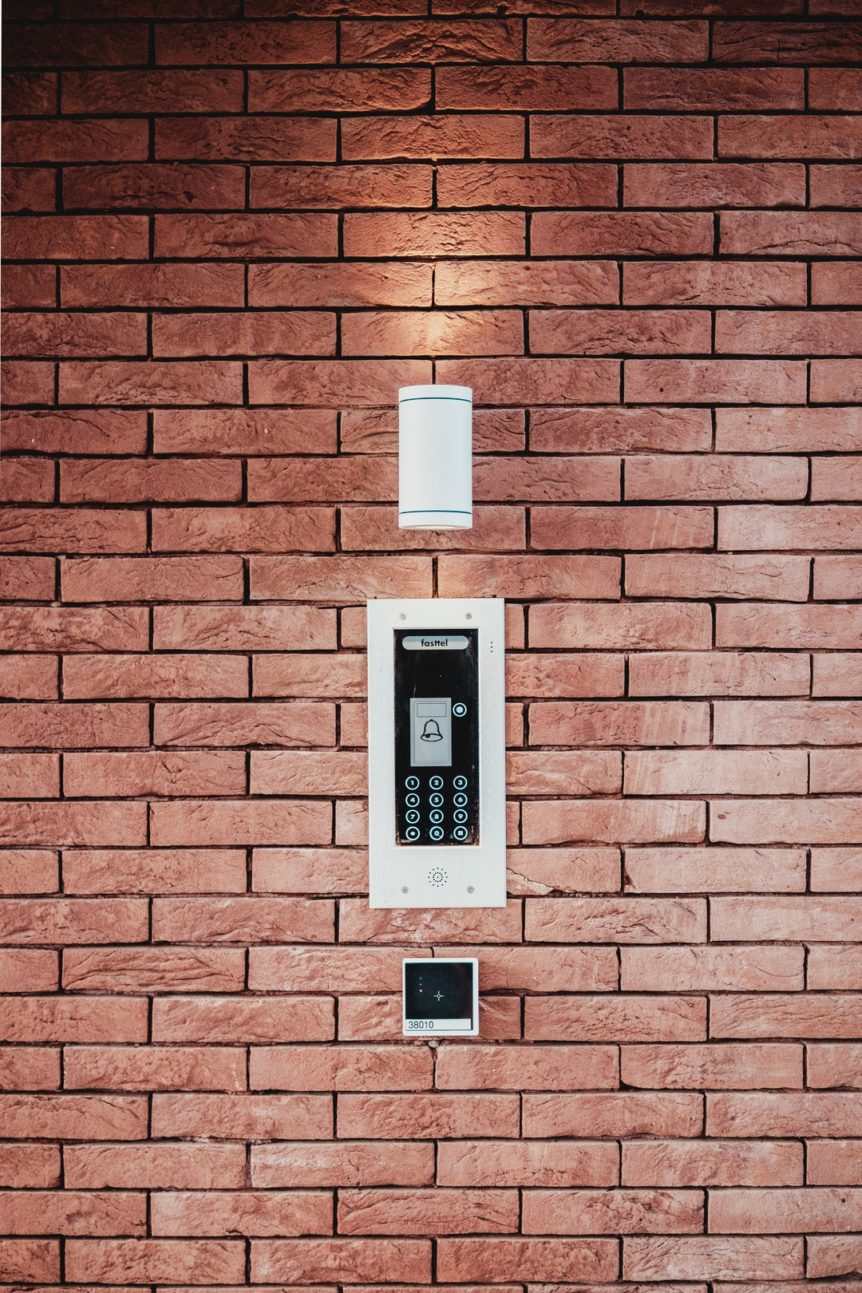Most people put quite a bit of faith in fire alarm systems, trusting alarms to keep them safe. Shockingly, in the United States, smoke detectors only sound in 53 percent of fires though! The failure of a fire alarm system is often due to poor maintenance and testing.
The National Fire Protection Association created fire alarm codes to keep systems in working order. The NFPA 72 includes many fire alarm codes you should be following.
We’ve selected 5 of the most important regulations. Striving to implement and meet the requirements of these codes could save lives.
1. NFPA 72 14.3 Sets Guidelines for Inspections
Once you’ve installed a fire alarm system, you’ll need to inspect it on a regular basis. This responsibility usually falls to the owner of the system. This could be the building owner, property manager, or a maintenance firm.
Section 14.3 of the NFPA 72 states owners should visually inspect the system on a regular basis. Inspections should happen at least once every 18 months.
The inspection should follow a common-sense procedure checking that everything is in proper working order.
2. NFPA 72 14.2 Outlines How Often You Need to Test
Fire alarm codes like the NFPA 72 also include information about how to test the fire alarm system. It makes sense that you should test the system to make sure it’s functioning properly.
The NFPA fire alarm system testing requirements suggest testing most components annually. You should test batteries once every 6 months.
3. Fire Alarm Codes Include Documentation Requirements
While you’re testing and inspecting your fire alarm system, you should also be keeping track of this monitoring and any maintenance you need to do. That way you’ll have a record to refer back to.
Most fire alarm codes outline documentation requirements for your testing and inspecting activities. Section 901.6.2 of another fire alarm code, the International Fire Code, details record requirements. You’ll need to maintain copies of these documents onsite for 3 years.
The NFPA 72 includes sample forms you can use to create your own for documentation purposes. You’ll need to include information about the system itself, as well as who installed it and who tested it.
4. Section 14.4 Details How to Test and Retest Systems
You’ll need to test your fire alarm system when it’s first installed because you want to be sure everything is working properly from the very first day it’s in use. The NFPA code outlines what needs to be tested and even how to test a new system.
The code details reacceptance testing, which you’ll perform after system installation. You’ll need to test the system again any time you upgrade it too.
There are also outlines for how to perform reacceptance tests for different kinds of maintenance. Section 14.4.1.2, for example, has instructions for testing after changes to site-specific software.
5. More Information Is in the NFPA 1 Fire Code and IFC (International Fire Code)
The NFPA 1 Fire Code is another useful resource you should be familiar with when it comes to fire alarm codes. This code is more comprehensive when it comes to fire safety, citing multiple NFPA codes. Since it addresses all aspects of fire safety, it also discusses fire alarm systems.
The IFC (International Fire Code) helps define where specific types of protection are needed based on occupant type.
Are You up to Date?
Being familiar with the various fire alarm codes will help you keep your fire alarm system in good working order.
Testing and maintaining a fire alarm system can be time-consuming. If you think your system may be malfunctioning or suspect it’s time for an upgrade, get in touch with the experts. We’ll help you out!

